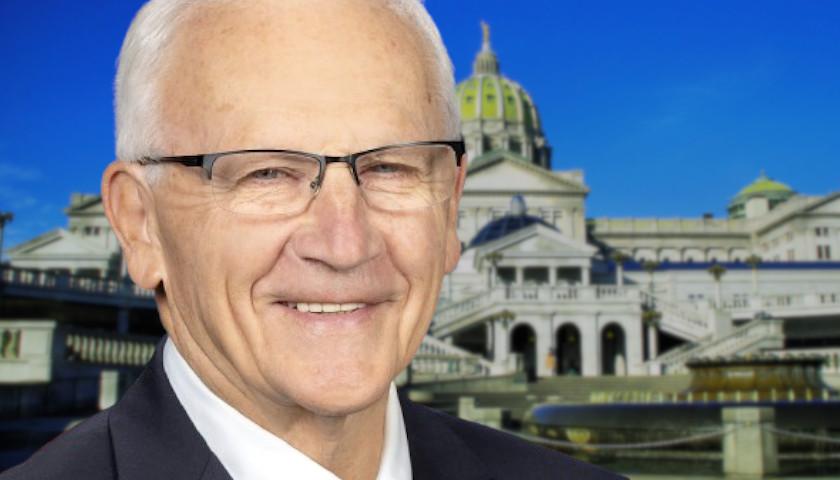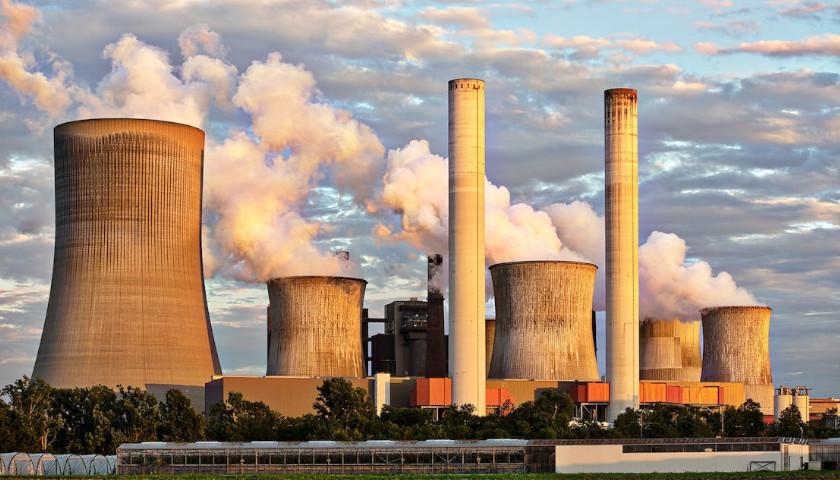by Anthony Hennen
Pennsylvania’s energy future isn’t only a question of renewables versus fossil fuels — it’s a question of whether the state can reliably provide enough energy to meet growing demand.
One problem is that power plants retiring is happening quicker than new, cleaner ones get built. The shuttering has been driven by state and federal rules to mitigate pollution, but getting projects approved and built takes years and years.
Meanwhile, the demand for electricity is growing every year.
“We’re tinkering with the environment without considering what’s going on with the economy,” Pennsylvania Sen. Gene Yaw (pictured above), R-Williamsport, said during a joint Ohio-Pennsylvania committee hearing on February 1. “My bottom line is if you want to have the best environment, you need the most robust economy that you could ever come up with because then people can start thinking about the environment.”
Policy analysts warned that, without continuous energy sources like natural gas and nuclear, a buildout of wind and solar will leave the public suffering.
“Our current energy policy is undermining the reliability of the grid,” said Isaac Orr, a policy fellow at the Minnesota-based Center of the American Experiment. “Costs will rise while reliability falters. It’s the worst of both worlds.”
He counted the experience of MISO, the electric grid that covers Minnesota and much of the mid-continent that runs north to south, arguing that state mandates for more solar and wind has led to power plant closures and heightened the risk of rolling blackouts.
PJM, the electric grid that covers Pennsylvania and Ohio, also supplies power to MISO. “PJM states may be asked to share the blackout burden,” Orr said.
Supplying enough energy to avoid those blackouts could become an issue, too. PJM has about 253,000 megawatts of queued capacity to build out in the future, but the majority of it is solar, wind, and storage — natural gas accounts for only 5,500 megawatts.
“MISO is a harbinger for what our future will look like if we don’t act,” Ohio Rep. Dick Stein, R-Norwalk, said.
The energy policy of one state has others concerned that prices will increase regionally. Maryland, another PJM member, has seen the introduction of a net-zero plan by Gov. Wes Moore to require all electricity in the state to be generated by clean and renewable sources, and Illinois has implemented a policy to close all natural gas plants by 2045.
“State divides and state policy are affecting prices,” said Glen Thomas, president of the GT Power Group. As a result, the Federal Energy Regulatory Commission may revise its policies to ensure that higher costs tied to state policy choices are not spread across all states.
An inevitable crisis, however, isn’t on the horizon.
“We’re turning a corner, folks; we have a lot of work to go, this is a marathon, not a sprint, it’s gonna take some time,” Thomas said.
He noted that Ohio and Pennsylvania’s concerns have been noticed by PJM, which has reformed its permitting process for new energy projects to approve them and get them connected into the grid. But more work is required from FERC to grow capacity.
“The price signals are not correct right now,” Thomas said. “If you get the market signals correct, history has proven … it can be done.”
– – –
Anthony Hennen is a reporter for The Center Square news wire service, covering Pennsylvania, and co-host of Pennsylvania in Focus, a weekly podcast on America’s Talking Network. Previously, he worked for Philadelphia Weekly and the James G. Martin Center for Academic Renewal. He is managing editor of Expatalachians, a journalism project focused on the Appalachian region.








